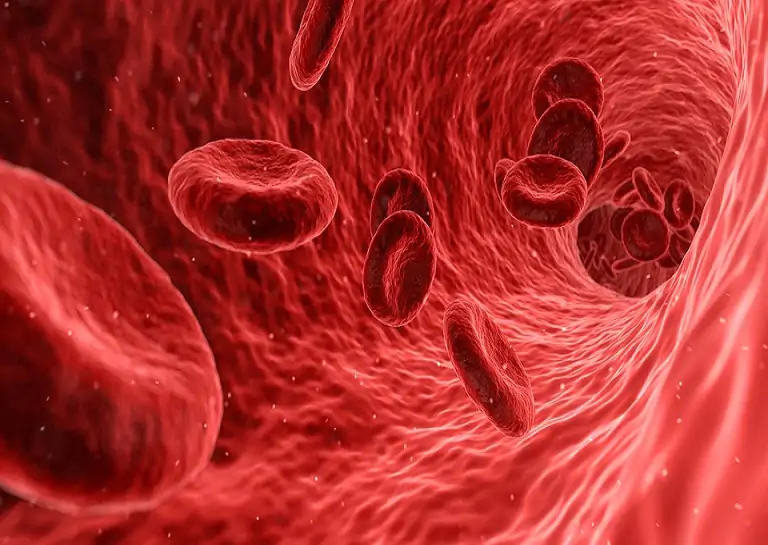One of the biggest health care dilemmas in the world is the shortage of blood supply alone. Then other issues such as matching blood types and supplying the required volume make it difficult for those in the medical profession to meet the complex demand for supplying healthy and adequate blood. Luckily, a group of scientists from the University of Bristol, along with the NHS Blood and Transplant, found a way to produce artificial blood by generating a sustainable supply of red blood cells.
[Image Source: Wikimedia Commons]
Generating red blood cells
Various techniques for producing red blood cells are known but they are scientifically flawed as the amount they can produce simply isn’t enough. For example, stem cells from adult peripheral blood, umbilical cord blood and pluripotent all have their ways of generating red blood cells but have an extremely limited capacity. To put things into perspective, a typical bag of blood consist of around 1 trillion red blood cells whereas each stem cells from the mentioned sources die off after producing 50,000 red blood cells. The solution to this problem is to immortalize a cell line that would provide a sustainable supply of red blood cells.
[Image Source: Pixabay]
The cell line is called BEL-A (Bristol Erythroid Line Adult) pioneered by scientists from the University of Bristol. It is the first line of cells to continuously generate red blood cells which additionally generates other lines successfully. Scientists' ingenious strategy to produce artificial blood is immortalizing the stem cells during their premature stage, then mobilizing them to indefinitely divide and produce red blood cells. BEL-A is considered by the researchers as a superior research tool for conducting other studies on top of its ability to develop new therapeutic products.
The procedure of producing artificial blood is, of course, expensive and its future relies on its ability to pass the clinical trial stage.
Improving quality
With this intricately manipulated strategy of producing red blood cells, it will pave a safer way of administering blood to transfusion patients.
“Cultured red blood cells provide such an alternative and have potential advantages over donor blood, such as a reduced risk of infectious disease transmission, and as the cells are all nascent, the volume and number of transfusions administered to patients requiring regular transfusions (sickle cell disease, thalassaemia myelodysplasia, certain cancers) could be reduced, ameliorating the consequences of organ damage from iron overload” said Jan Frayne in their published paper.
Leaping into the future
Through scientific research such as this, it will be possible in the future to also conveniently administer transfusion patients with rare blood types such as Black and Asian races without relying on donated blood. It is also a bridge that could save life-or-death scenarios by ensuring constant blood supplies in hospitals, especially in remote and isolated areas. Just in America alone, more than 15 million pints of blood are transfused each year so, thanks to this scientific breakthrough, high demands such as this can be easily supplied in the future.
The research team’s studies and findings can be accessed through the journal Nature Communications.
SEE ALSO: Researchers Grow Human Heart Tissue on Spinach Leaves


Natasha Caudill is a social media influencer and accessibility advocate debugging the monochrome world for you. She speaks to Interesting Engineering about her life experiences, social media interactions, advocacy, and being a part of NASA's unveiling of the first images from the James Webb Space Telescope.

 NASA's Curiosity: Martian rocks are advancing our search for extraterrestrial life
NASA's Curiosity: Martian rocks are advancing our search for extraterrestrial life
 Tiny but mighty: YouTuber turns wizard with PCB motors
Tiny but mighty: YouTuber turns wizard with PCB motorsHere's how to find the 'green comet' in the night sky before it disappears
'Bigfoot' reports in US and Canada were probably black bears
AI-powered language model generates functional protein sequences





